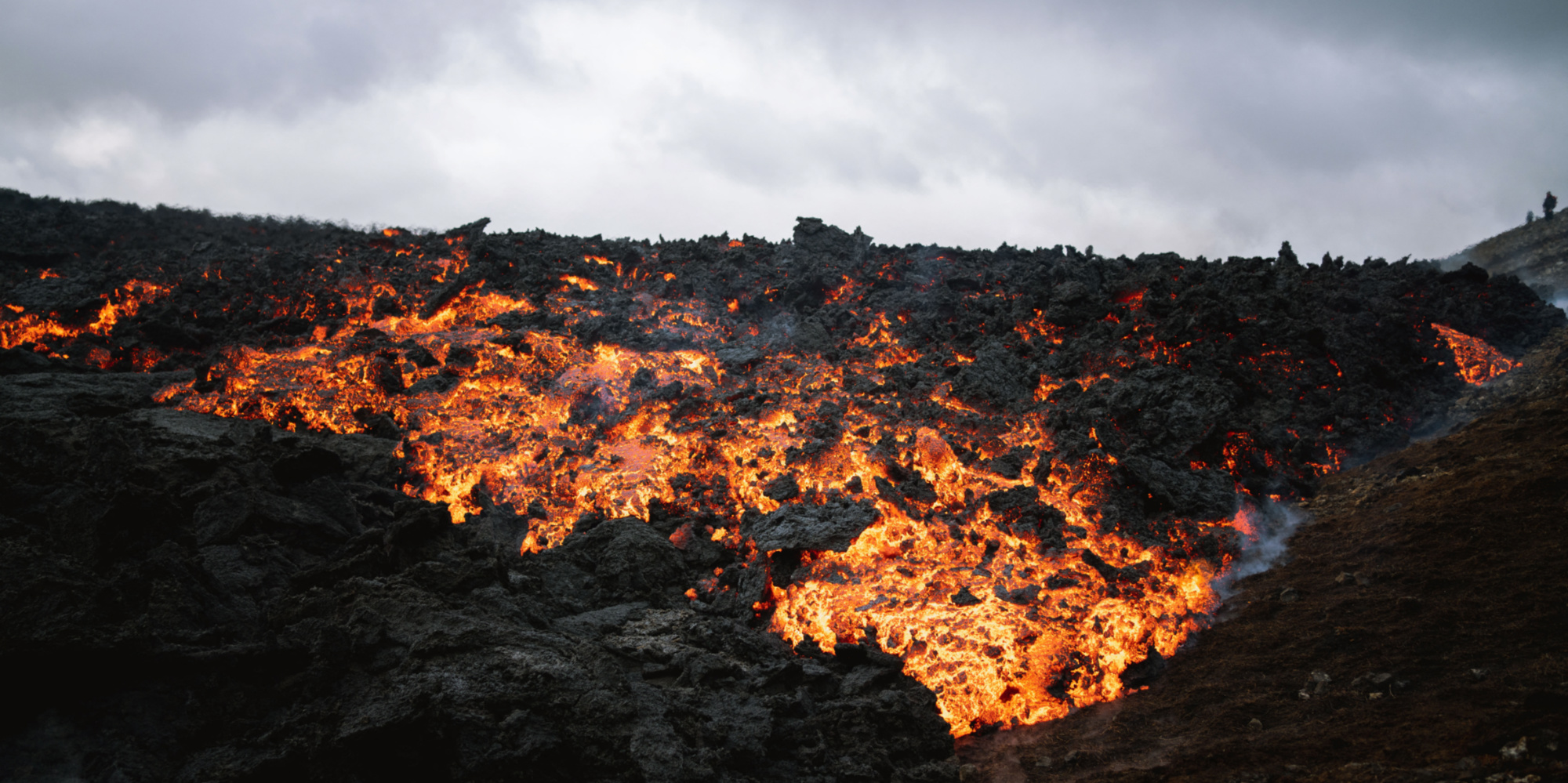Iceland declared a state of emergency on Friday after a series of powerful earthquakes shook the southwest of the Reykjanes Peninsula, which could be a precursor to a volcanic eruption near Sundhnjukagigar, some three kilometers north of Grindavik.
Iceland’s weather service initially said an eruption was likely “days rather than hours away” after observing that magma had built up beneath the Earth’s surface at a depth of around five kilometers. , during many days.
A probable magma intrusion under the city
But late Friday, meteorological services noticed that seismic activity was moving closer to the surface and that magma was beginning to rise vertically toward the Earth’s crust between Sundhnjukagigar and Grindavik, suggesting that an eruption could occur sooner. .
Authorities decided to evacuate Grindavik after weather services said it was “likely that a magma intrusion has spread beneath Grindavik.” “At this stage, it is not possible to determine exactly if and where magma might reach the surface,” they said.
However, the weather service noted that “the amount of magma involved is significantly greater than has been observed during the larger magma intrusions associated with the Fagradalsfjall eruptions.”
The country has 33 active volcanic systems
Three eruptions took place near Fagradalsfjall on the Reykjanes Peninsula, in March 2021, August 2022 and July 2023. These three eruptions, however, occurred far from any infrastructure or populated areas. Grindavik, about 40 kilometers southwest of the capital Reykjavik, is close to the Blue Lagoon geothermal spa, a popular tourist destination that temporarily closed earlier this week as a precaution.
The town is also close to the Svartsengi geothermal power plant, the main supplier of electricity and water for 30,000 residents of the Reykjanes peninsula. The IMO said 500 earthquakes were recorded in the region between 1800 GMT Friday and 0600 GMT Saturday, including 14 with a magnitude greater than 4.
Iceland has 33 active volcanic systems, the highest number in Europe. This North Atlantic island straddles the Mid-Atlantic Ridge, a fissure in the ocean floor that separates the Eurasian and North American tectonic plates.
